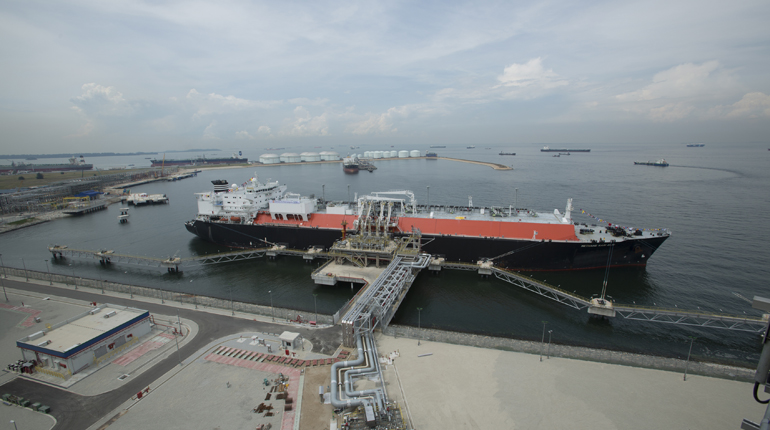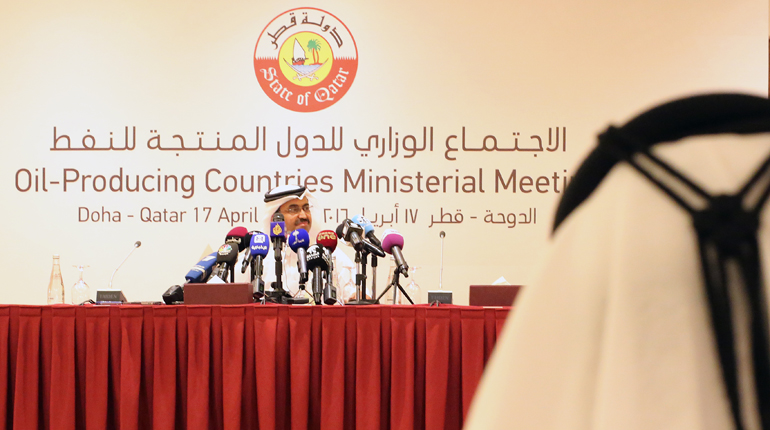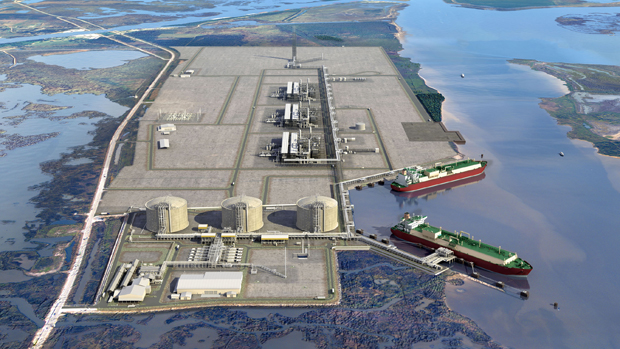Summary
At the peak of the northern hemisphere winter prices in Northeast Asia, Europe and North America are low. With spring approaching in these regions, pressure on prices will persist.
Forecast highlights
- Increased demand for spot cargoes in late winter could help to pull LNG prices out of the current troughs. However, prices will remain under pressure during spring.
- Europe’s demand for gas is rising, but increased imports are helping to keep the market loose even though the region’s domestic output is falling. This will continue to put pressure on hub prices over the coming weeks.
- Europe is expected to have healthy storage levels at the end of the winter, limiting the need for restocks during the spring and summer. This will be another bearish factor for prices.
- The Henry Hub front-month futures price is expected to average less than $2.5/MMBtu in H1 2016 because of the healthy gas storage situation. However, the slowing rate of gas production in the US will help support the price over H2 2016.
- Canada’s East-West gas spread – the difference between the Dawn and AECO hub prices – is expected to remain narrow during the shoulder months. It may even turn negative, which happened briefly last autumn.
- There will be limited upside for spot LNG prices in Latin America during H1 2016, with LNG demand expected to stay weak while regional LNG supplies remain ample. The average spot price is expected to remain well below $10/MMBtu.
- Higher netbacks for Qatar’s LNG from India and Pakistan than elsewhere will keep them attractive destinations for Qatari cargoes during 2016. Qatar has also offered attractive long-term contracts to Islamabad and New Delhi, helping the Middle Eastern exporter to secure markets in both countries.
- The agreement between Saudi Arabia and Russia to freeze oil output will help rebalance the oil market in H2 2016. However, the effectiveness of the deal will depend on whether other OPEC and non-OPEC members join in.



